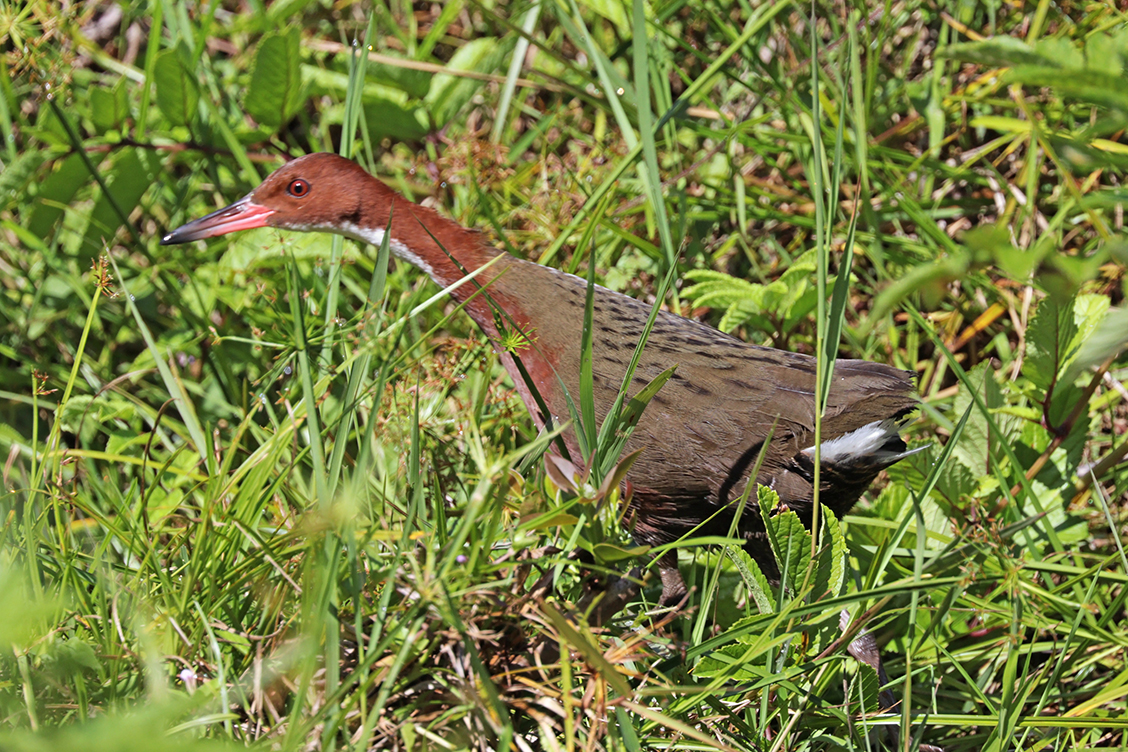
How a previously extinct bird has come back to life
Researchers from the University of Portsmouth and Natural History Museum have discovered that a species of rail was able to successfully colonize the Aldabra atoll in the Indian Ocean. This means that the species, at one point, went extinct and then rose from the dead.
The scientists explain that this occurred due to a process called “iterative evolution,” defined as the repeated evolution of similar or parallel species from a like ancestor but at different times.
These findings were published in Zoological Journal of the Linnean Society.
On both occasions of colonization, which occurred tens of thousands of years apart, the white-throated rail, still present on Aldabra today, evolved to become flightless.
“We know of no other example in rails, or of birds in general, that demonstrates [iterative evolution] so evidently,” said coauthor Professor David Martill, from the university’s School of Earth and Environmental Sciences.
The white-throated rail originated in Madagascar and attempted to migrate several times. However, the bird only successfully landed on remote islands such as Mauritius, Reunion and Aldabra in the Indian Ocean. Thanks to the lack of predators on Aldabra, the rails eventually evolved into flightless birds.
About 136,000 years ago, Aldabra was submerged under water, thus losing all of its major flora and fauna, including the rail.
Archaeologists discovered that flightless rails recolonized Aldabra when sea levels returned to normal after the subsequent ice age about 100,000 years ago. When comparing fossilized rails from before the inundation event to those that came after, scientists found that the latter species showed an advanced state of flightlessness, which means that the original rail species from Madagascar gave rise to two different flightless rail species on Aldabra within a few thousand years of each other.
“These unique fossils provide irrefutable evidence that a member of the rail family colonized the atoll, most likely from Madagascar, and became flightless independently on each occasion,” said lead researcher Dr. Julian Hume, an avian paleontologist and Research Associate at the Natural History Museum. “Fossil evidence presented here is unique for rails, and epitomizes the ability of these birds to successfully colonize isolated islands and evolve flightlessness on multiple occasions.”
“Only on Aldabra, which has the oldest palaeontological record of any oceanic island within the Indian Ocean region, is fossil evidence available that demonstrates the effects of changing sea levels on extinction and recolonization events,” Professor Martill added. “Conditions were such on Aldabra, the most important being the absence of terrestrial predators and competing mammals, that a rail was able to evolve flightlessness independently on each occasion.”
—
By Olivia Harvey, Earth.com Staff Writer
Image Credit: Charles J Sharp













